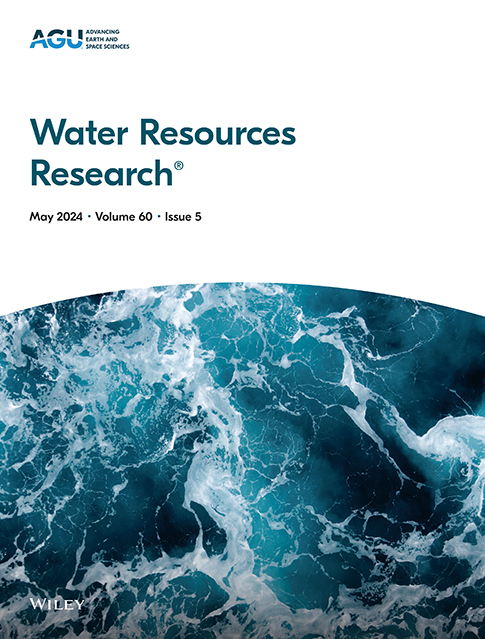Investigating the Characteristics and Drivers of Slow Droughts and Flash Droughts: A Multi-Temporal Scale Drought Identification Framework
IF 4.6
1区 地球科学
Q2 ENVIRONMENTAL SCIENCES
引用次数: 0
Abstract
Global climate change has altered the characteristics of conventional drought events, with an increasing number of Slow droughts (SD) rapidly transitioning into Flash droughts (FD). This study introduces a novel multi-temporal scale drought identification framework (MTSDIF) that classifies historical agricultural drought events into three types: SD, FD, and Slow-to-Flash Drought (SFD). Based on the MTSDIF, the GLDAS-Noah root zone soil moisture dataset was used to analyze the spatiotemporal characteristics, evolution, and driving factors of multi-temporal scale droughts in China. Our study confirms the effectiveness of the proposed MTSDIF in classifying droughts with different onset speeds (SD, FD, and SFD). The results indicate that, from 1980 to 2020, the three types of drought events in China exhibited short-term, medium-term, and long-term periodic oscillations. Before 2000, SD events were the predominant type of agricultural drought in China, but post-2000, the areas affected by FD and SFD have been continuously expanding. Compared to SD, key meteorological elements influencing FD and SFD show anomalies exceeding 0.5 times the standard deviation. In the southeastern regions of China, areas with human-impacted soils, leached soils, and incept soils exhibit a higher response frequency to FD. Sea surface temperature indices, including the interannual El Niño-Southern Oscillation in the Pacific and interdecadal variations such as the +PDO and −AMO, significantly influence the occurrence of FD in the monsoon regions of China (p < 0.01). Together, the results highlight the necessity of understanding the disparities and consistencies in land-atmosphere-ocean mechanisms behind drought events with varying onset speeds.求助全文
约1分钟内获得全文
求助全文
来源期刊

Water Resources Research
环境科学-湖沼学
CiteScore
8.80
自引率
13.00%
发文量
599
审稿时长
3.5 months
期刊介绍:
Water Resources Research (WRR) is an interdisciplinary journal that focuses on hydrology and water resources. It publishes original research in the natural and social sciences of water. It emphasizes the role of water in the Earth system, including physical, chemical, biological, and ecological processes in water resources research and management, including social, policy, and public health implications. It encompasses observational, experimental, theoretical, analytical, numerical, and data-driven approaches that advance the science of water and its management. Submissions are evaluated for their novelty, accuracy, significance, and broader implications of the findings.
 求助内容:
求助内容: 应助结果提醒方式:
应助结果提醒方式:


